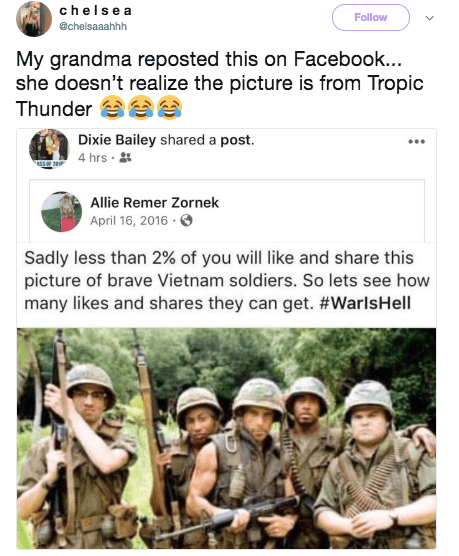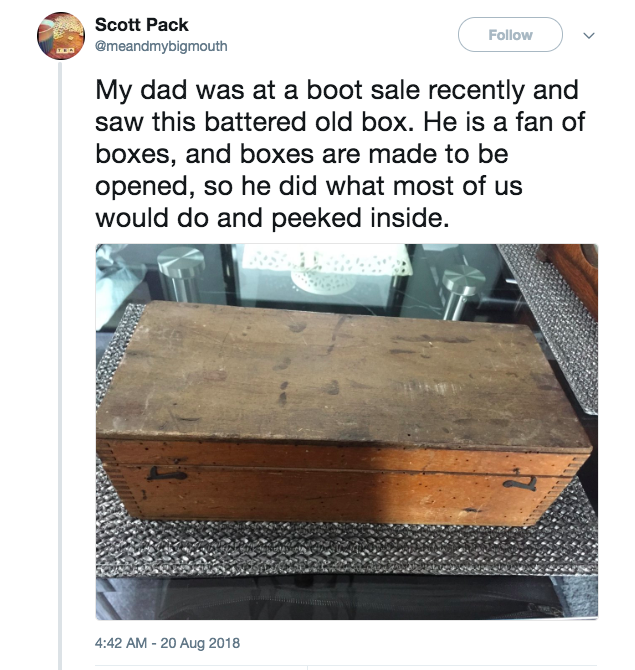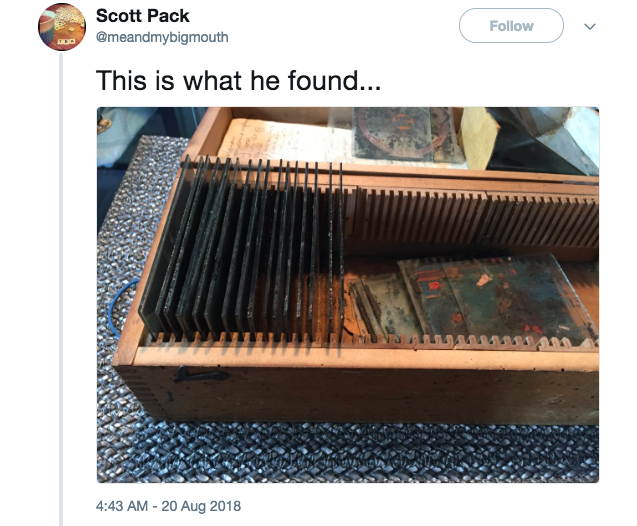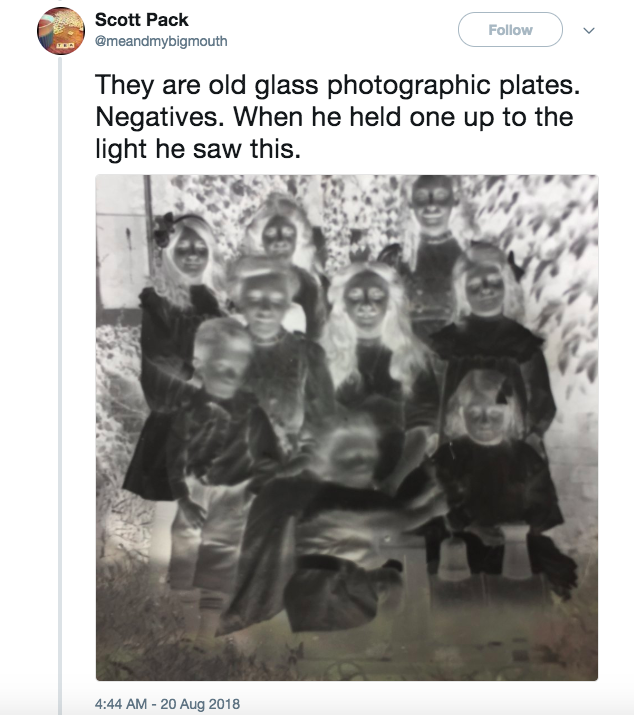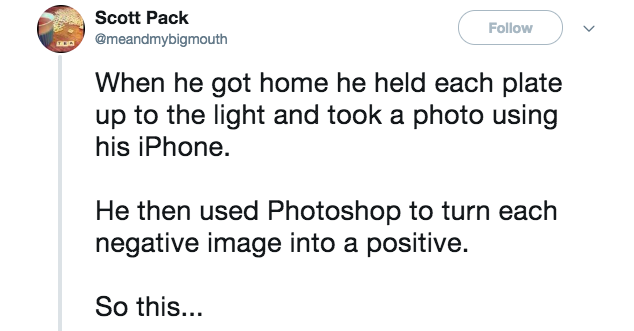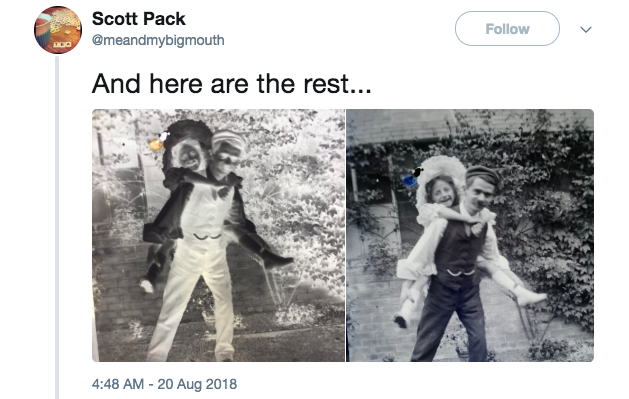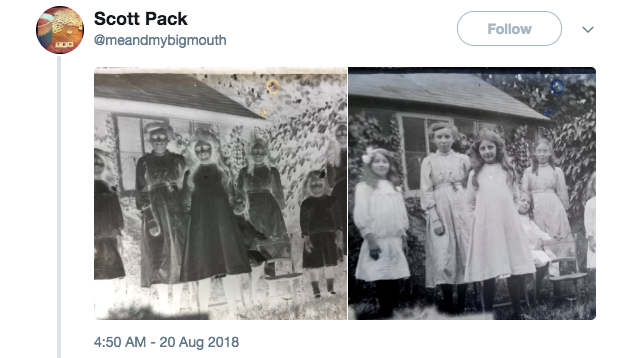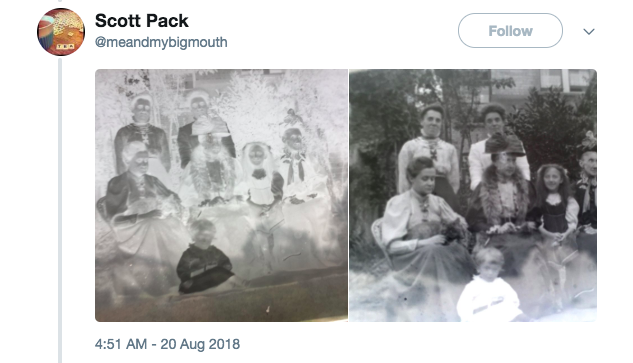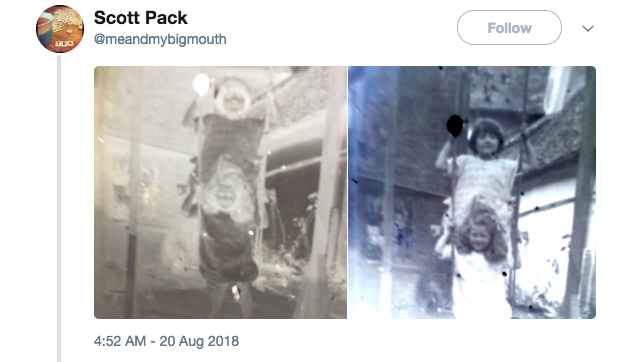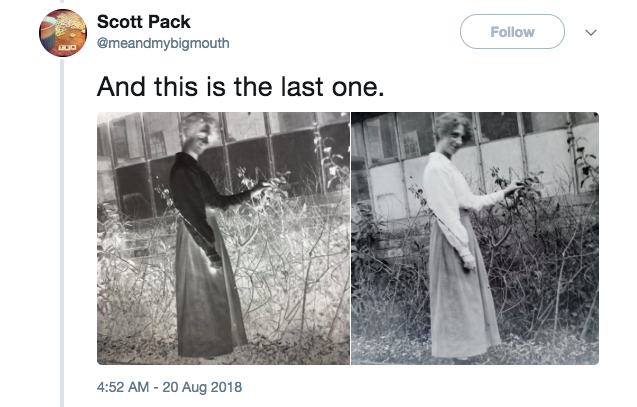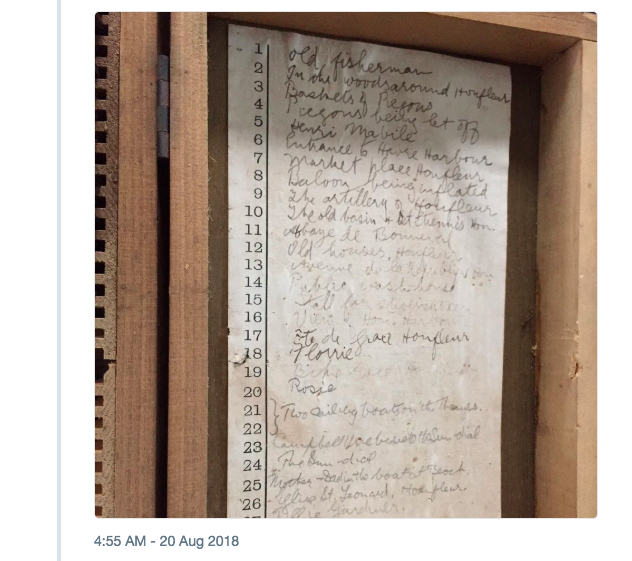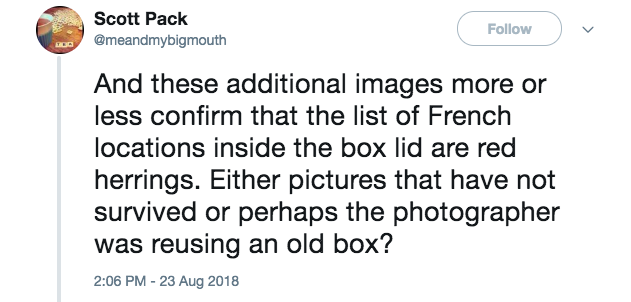It’s important to remember that millennials are not teenagers. Many of them are grown-ups who still remember the early days of the internet. You know, when it was still a novelty and didn’t control every aspect of our lives?
Here are 15 websites we thought would never fall by the wayside, but that no one under the age of 25 would remember at all.
Cheers to getting older!
#15. Flash is dying.
“I didn’t learn about this website until a few years ago, but I would say homestarrunner.com mainly since Flash is dying.”
#14. Cards and chess.
“yahoo games used to be the best place for cards and chess and a ton of other games online.”
#13. Digital bubble wrap.
“Bored.com. Just for the digital bubble wrap alone!”
#12. Loved it.
“Wondering if anyone was gonna bring up livejournal. I got one when you still needed a code from a friend. Loved it.”
#11. So much angst
“Xanga. I kind of want to go back and read what 16 year old me wrote, but I think I’d die from the embarrassment.”
#10. By trial and error.
“Angelfire and Geocities were sites where you could make your own “website” and they would host them for free. It was fun back in the day learning really basic html by just trial and error. I don’t think anything like that exists any more, maybe blogspot would be the closest thing like it today.”
#9. Chatrooms.
“Napster. Not just for music downloads. I spent a lot of time in the chatrooms there.”
#8. Every Wednesday morning.
“The Onion used to publish a new edition every Wednesday morning. I was chomping at the bit by Tuesday night.
They had a better format back then, too.”
#7. Ready and waiting.
“AskJeeves. Just imagining a man named jeeves staying awake 24/7 to answer all questions.”
#6. Random forums.
“Webrings, almost every single band in the world had an forum with thousands of people, so many forums for other random shit. Bonzai Kitten and other joke sites, then there are the citrus extravaganza and other sites that weren’t so jokey but went viral nonetheless. In the early 2000s you saw websites like what Reddit would base itself on: Something Awful (which I could never stand), Fark (which used to be pretty great until terrible mods drove it into the ground and the owner stopped caring and decided to try politics instead), hell at once point there was this Reddit thing that would pop up but most people were like “meh, I already got something better” and just let it be.
Chatrooms in general are something that seem to be long gone. So many bots, so much chaos, but it was a bit wild wild west back then. Using bots and tools to clone names and accounts, kick people off chats, log them offline, etc (AOHell was probably the biggest known one if any of you want to look up what it was like).
And I remember websites/programs like The Palace and such which were chatrooms that allowed people to move around and be seen as avatars, oh how amazing the future was then. https://en.wikipedia.org/wiki/The_Palace_(computer_program) Again you could use a lot of bots to mess with people, one you’d commonly see was a bot that stole people’s avatars which usually angered the entire lot as there seemed to be a general rule of “ask if you want it”/”trade” etc. as a lot of them were made by the person “Wearing” them.
Good times, actually. I think one of the most distinctive things, especially of the 90s was the lack of people from every corner of life. It would be extremely rare to run into some old grandparent, there was this active subculture of people while most people just stuck to reading their emails and calling it a day. Now everyone is online, everyone is on Facebook, etc.”
#5. Scan every download.
“Limewire was filled with trojans and malware but Kazaa wasn’t much better. Kazaa Lite was what people used if they didn’t want to do a scan after every download.
Then Torrents came along and no worries.”
#4. Ah, memories.
“Neopets! God I sucked at neopets.”
#3. Over 2 decades.
“The hamster dance
Edit: hamPster dance. Forgot the P cause it’s been over 2 decades.”
#2. Pre-Tinder.
“Amihotornot.com”
#1. Budding weebs.
“gaiaonline. So many budding weebs on that site.”
The post Older Millennials Remember Formerly Popular Websites That No Longer Exist appeared first on UberFacts.






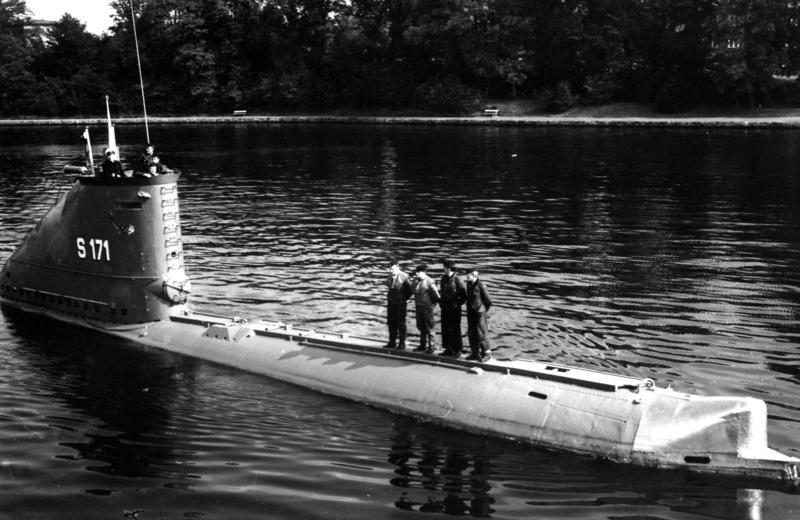


 (@Joker_TheJoke)
(@Joker_TheJoke) 







